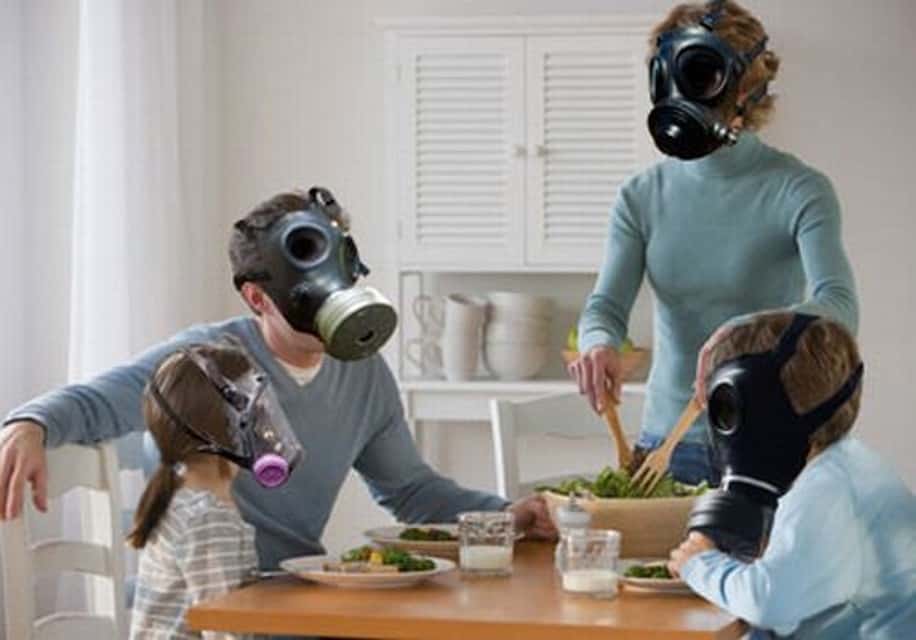
Home Fixes
|Sustainability
Air Pollution Inside Your Home
We specialize in the indoor air quality business, so there’s little that surprises us when it comes to air pollution statistics inside your home.
But a recent study from New Zealand floored even our Home Performance gurus.
AIR POLLUTION BACKGROUND

The original goal of the study was simple: Combat high energy bills and eliminate energy waste. It was a four-year program starting in 2009. It used standard home performance and weatherization upgrades. These are the same services Neil Kelly Home Performance crews offer in Oregon and SW Washington: Upgrade floor and attic insulation, seal up air intrusions, and locate inadequacies in the heating and cooling system.
However, while “Warm Up New Zealand: Heat Smart Programme” may have started as a way to reduce utility bills, a follow-up health study looked at related indoor air pollution data.
AIR POLLUTION, YOUR HOME AND YOUR HEALTH

The New Zealand study took home performance evaluations to a new level by “measuring energy savings, health outcomes, and employment by fitting models to aggregate health and energy data”.
In short, they took home performance information and tied it to health data.
After home performance improvements were made in nearly 200,000 homes, here’s what they found:
- Hospital admissions for respiratory problems dropped by 43%
- Days off school were reduced by 23%
- Days off from work fell off 39%
“The quality of the air in our homes is often quite poor and can lead to serious health issues,” says Neil Kelly Home Improvement VP, Chad Ruhoff. “Home performance experts understand how the different components in the home interact with each other and can pinpoint the root causes of these issues.”
New Zealand spent nearly $347 million dollars on this study, and while the results are pretty staggering, they beg the question: Are the health benefits from improved indoor air quality a more compelling case for home performance upgrades than efficiency and energy savings?
THE COST OF INDOOR AIR POLLUTION

A smaller utility bill following an energy retrofit makes it fairly easy to see the benefit of increased home performance. But how do you measure the money you could save on health care costs? Another amazing statistic in the EECA study is that, while energy improvements saved money, “90% of the bulk benefits of the program were related to health.”
And don’t think that we’re any different in Oregon. “We are very lucky to have such good quality outdoor air in Oregon,” Ruhoff says. “It’s too bad that the indoor air quality sometimes isn’t as good as the outdoor air. Radon, VOCs (Volatile Organic Compounds), mold, moisture, and particulates can all add up to very unhealthy air to breathe,” he says.
GIVING INDOOR AIR POLLUTION THE BOOT
So where to start? Before you can combat potential problems you have to identify them. In the home performance world we do that with an energy audit. It is a way our specialists find out where energy is leaking from your home and how to improve indoor air quality. Here’s the good part: The energy audit is free. Considering how the quality of the air can affect your health — free is a very good price.